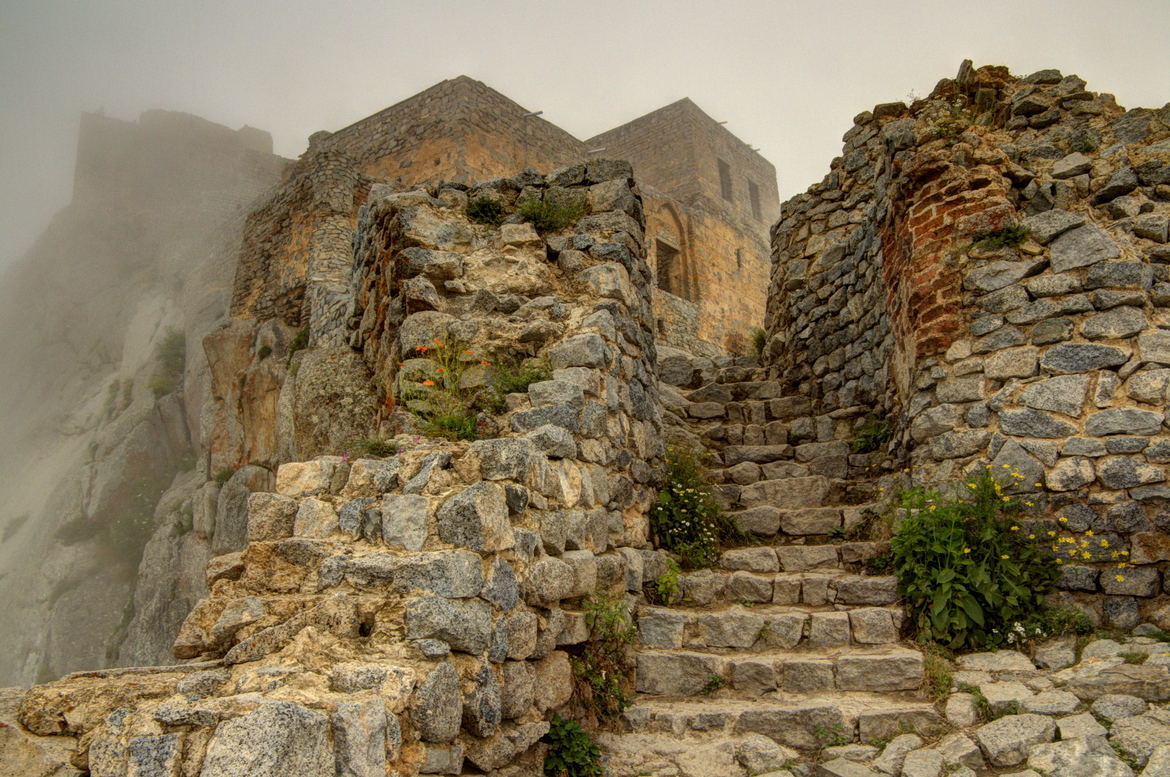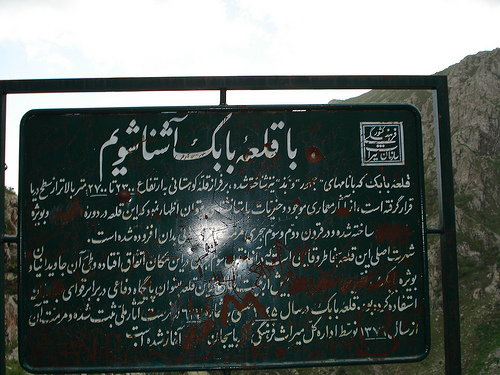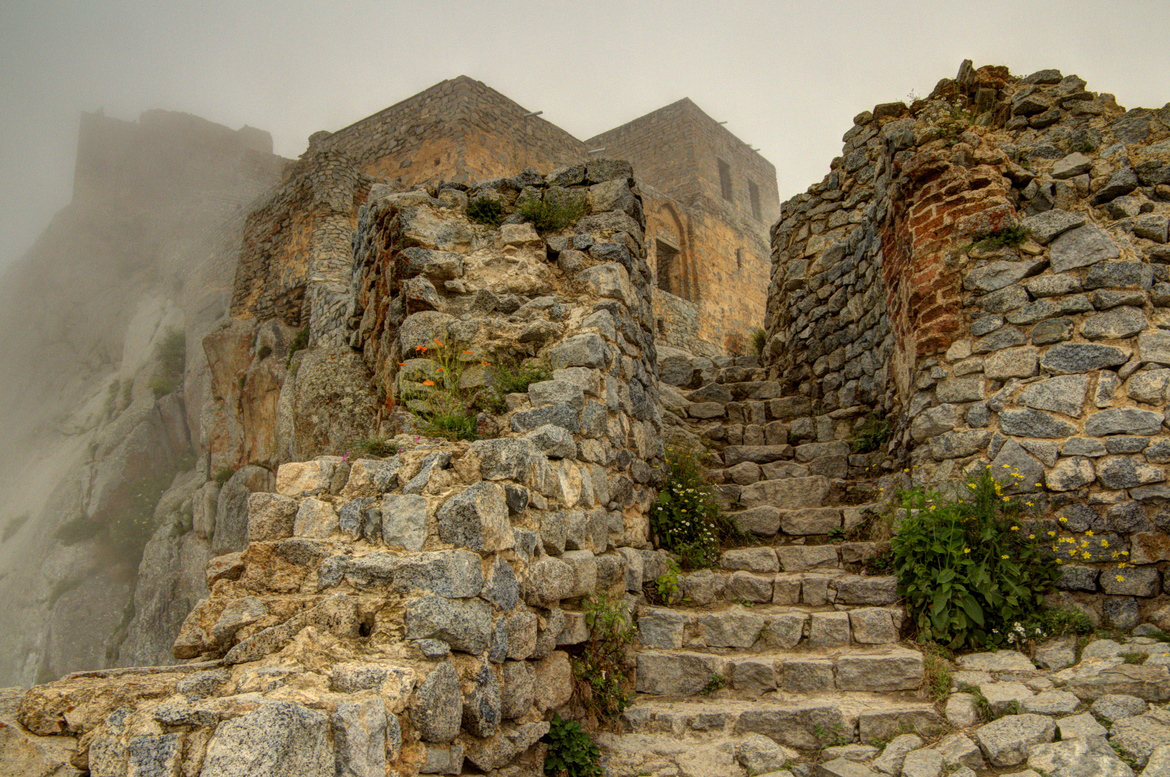The Persian Heritage Journal has published an article by Kaveh Farrokh on the historical background of factors that led to the revolt of Babak Khorramdin:
Farrokh, K. (2014). An Overview of the Historical Circumstances that led to the Revolts of Babak Khorramdin. Volume XIX, No. 74, Summer, pp.21-23.
 An ingress into Babak Khorramdin’s Castle of Bazz in Iran’s Azerbaijan province in the northwest (Picture source: Pouya Yazdchi). Built during the Partho-Sassanian eras, Bazz proved to be a formidable fortress. Bazz finally fell to the Caliphate’s Turkish troops in August 15, 837 CE. Babak was executed five months later by the Caliphate in Samara (in modern Iraq) in January 838 CE.
An ingress into Babak Khorramdin’s Castle of Bazz in Iran’s Azerbaijan province in the northwest (Picture source: Pouya Yazdchi). Built during the Partho-Sassanian eras, Bazz proved to be a formidable fortress. Bazz finally fell to the Caliphate’s Turkish troops in August 15, 837 CE. Babak was executed five months later by the Caliphate in Samara (in modern Iraq) in January 838 CE.
As noted in the the article: “…though conquered Babak Korramdin (795-838 CE) was to lead the last and perhaps greatest of all anti-Caliphate movements in Iran; as averred to in the article, Ibn Hazm has stated that: “the Persians…were greater than all of the people… after their defeat by the Arabs, they [the Persians] rose up to fight against Islam…among their leaders were Sunbadh [Sindbad], Muqanna, Usta- sis, Babak [Khorramdin] and others…”. As cited in the article: “Primary historical sources are clear that Babak was a Persian. One of these is medieval Armenian historian Vardan Areweltsi, approx. 1198-1271 CE (Muyldermans, 1927, p.119). “ A portrayal of Babak Khorramdin (Picture source: Babak Khoramdin) who led a three-decade (816-837 CE) rebellion to eject the Caliphate from Iran.
A portrayal of Babak Khorramdin (Picture source: Babak Khoramdin) who led a three-decade (816-837 CE) rebellion to eject the Caliphate from Iran.  Signpost at Bazz which reads “Let us become familiar/get to know the Castle of Babak” (Picture source: Historical Iran Blog).
Signpost at Bazz which reads “Let us become familiar/get to know the Castle of Babak” (Picture source: Historical Iran Blog).




